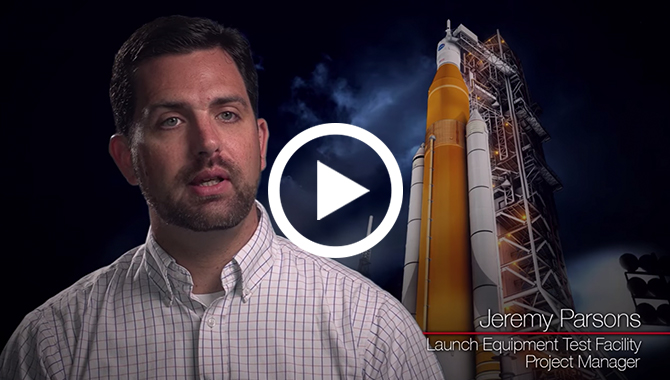
A mix of people with diverse skills and expertise and using the right technology can set up a project for success.

A mix of people with diverse skills and expertise and using the right technology can set up a project for success.
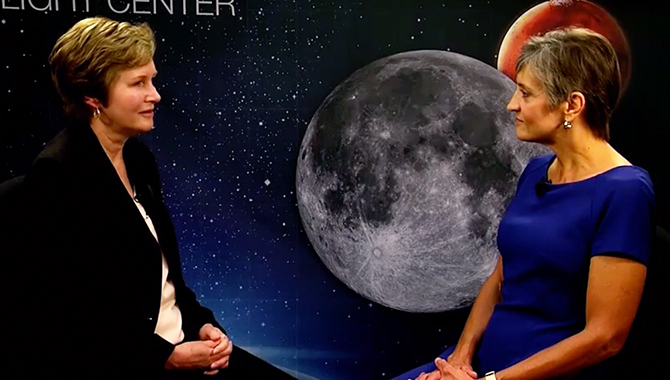
From 3-D printing rocket engine components to managing the world’s most powerful X-ray telescope, Marshall finds a way.
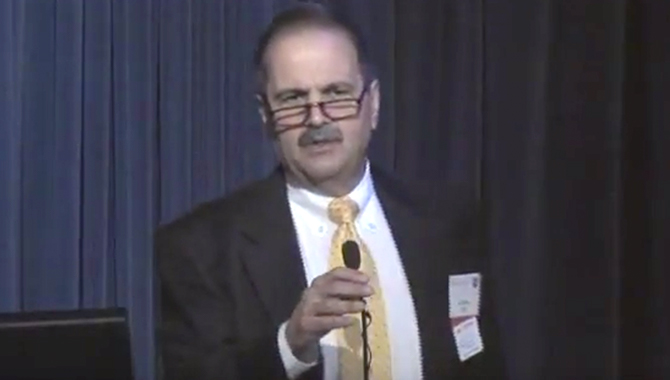
Individual accountability, teamwork and communication determine success at NASA.
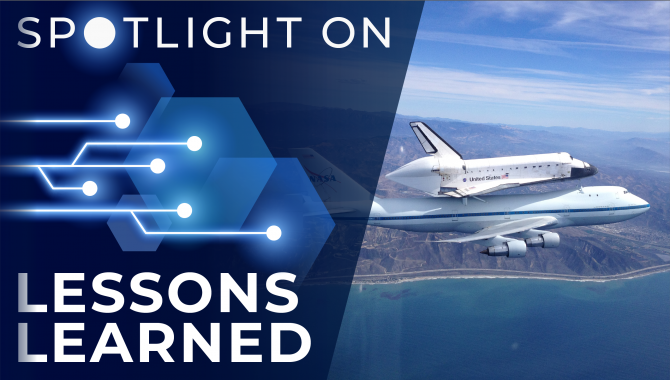
The Space Shuttle Transition and Retirement team demonstrated that identifying a cross-cutting environmental function and having an integrated team are essential to successful management and disposition of a large amount of property.
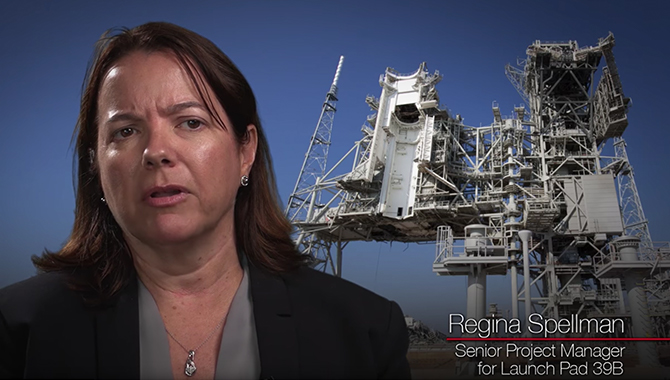
Sharing crucial information is only half the battle for successful communication.

Exploration Ground Systems Program challenges, solutions and lessons learned since the end of the Space Shuttle Program have been captured in an effort to transfer the knowledge to NASA program and project managers.

As NASA moves forward with Artemis, Andrew Chaikin presents 13 factors that made Apollo a success.
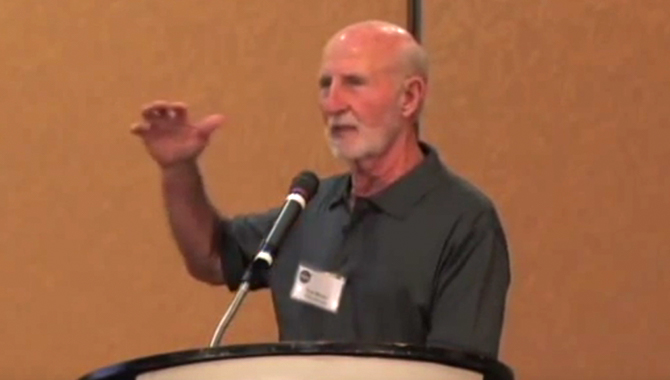
As NASA was approaching the final flight of the space shuttle, a discussion panel was held at Masters Forum 20: Passing the Torch 3 to reflect upon the many important lessons learned from the formulation, development and operation of the Space Shuttle Program.

Problems experienced with SpaceWire cable used in flight hardware intended for deployment on the International Space Station resulted in lessons learned and recommendations to help avoid similar issues.